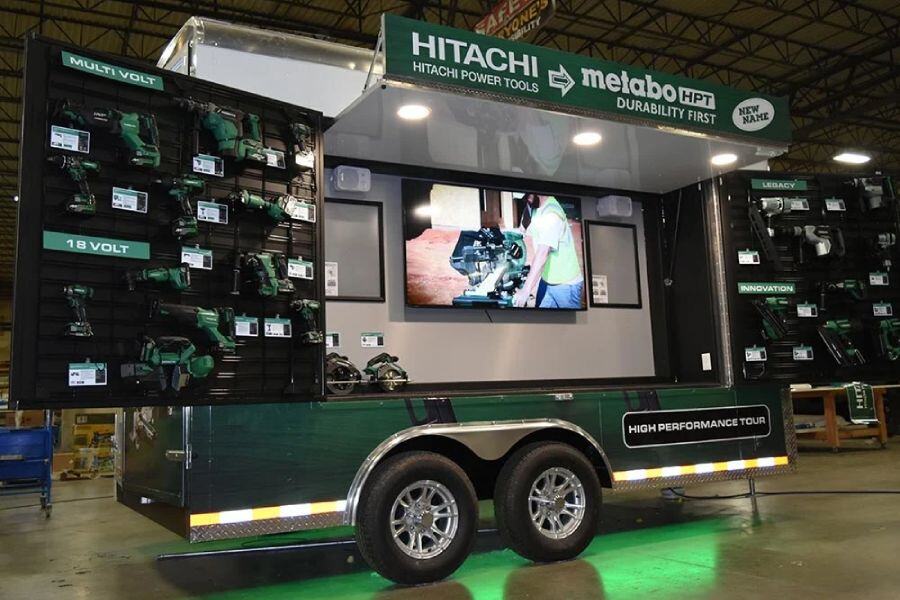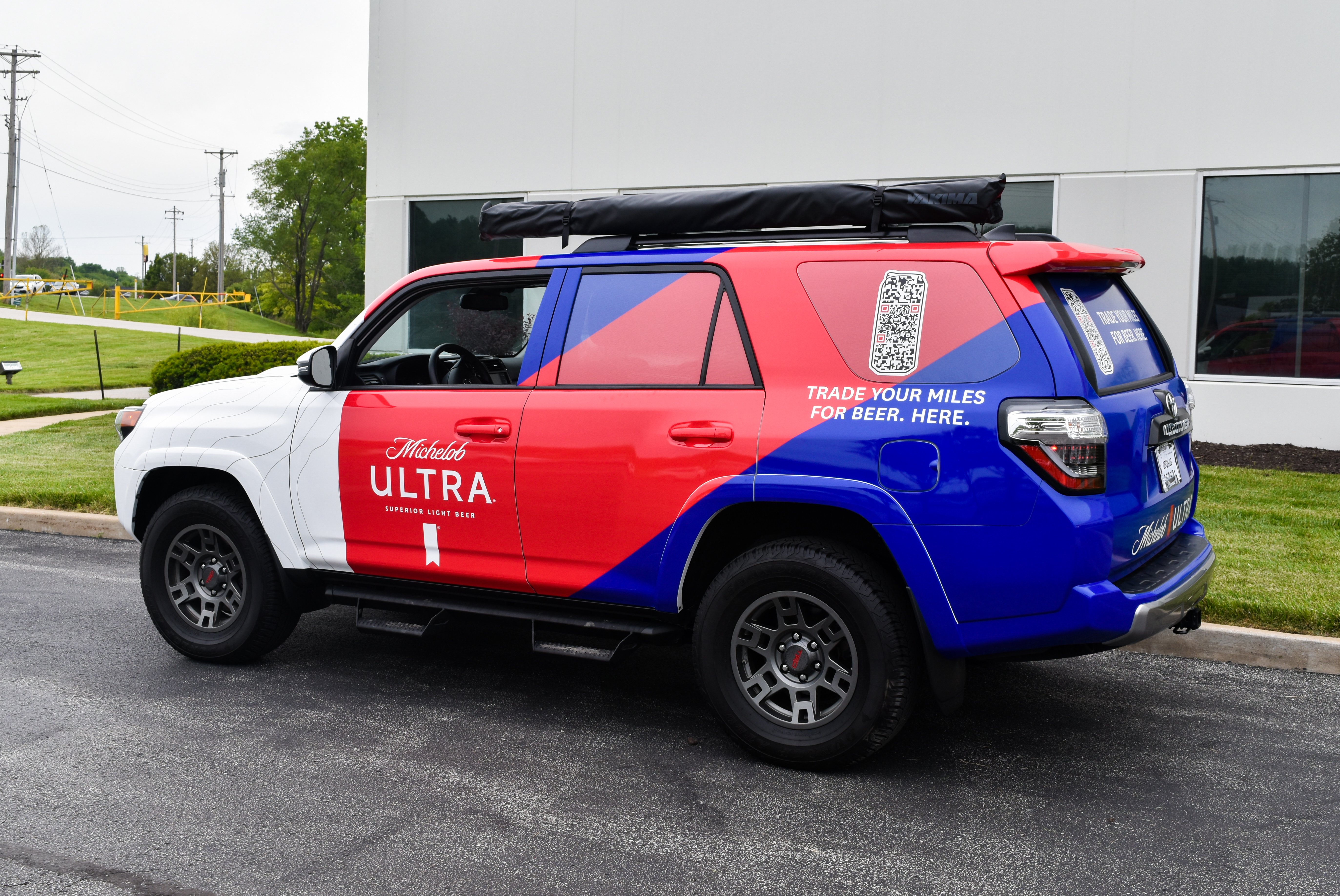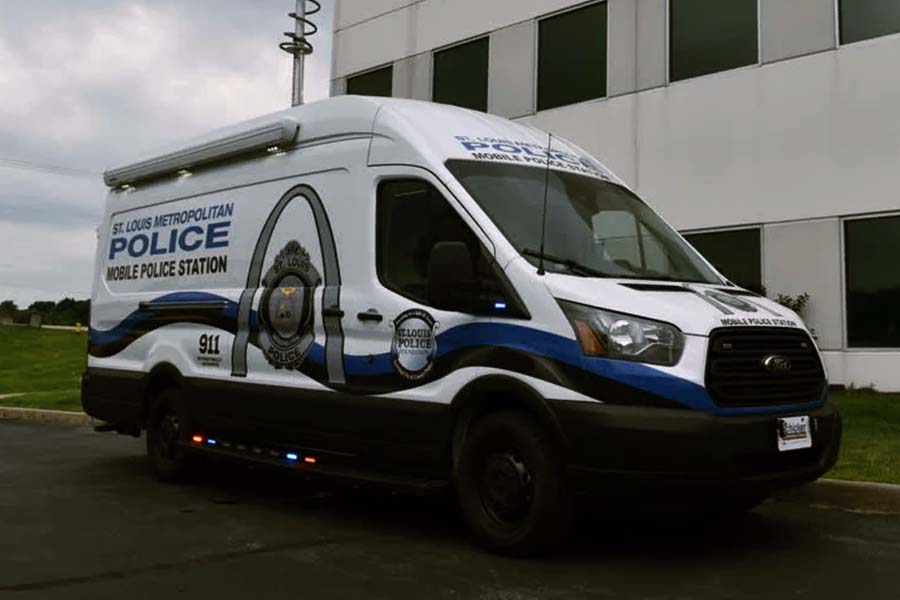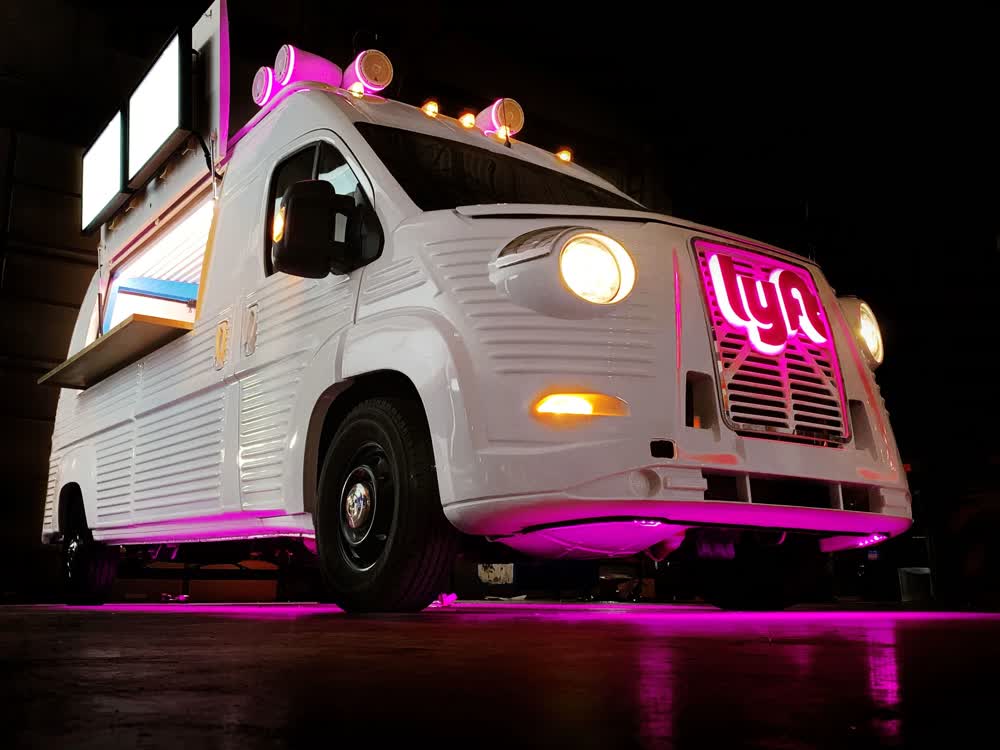Uncovering the Truth About Vehicle Wraps: Fact vs. Fiction
Wrapped vehicles often seem like mythical creatures, appearing on the road just long enough to get a good look at a fun design or message during an...
4 min read
Craftsmen Industries May 5, 2025 8:09:52 AM

Most brands face the same challenge of getting consumers to visit a physical store or showroom. Foot traffic is down, and customers prefer online browsing over in-store experiences. Mobile showrooms fix this problem by bringing your product directly to your audience—where they work, live, and gather. A mobile showroom eliminates the barriers and creates a hands-on experience that drives conversions.
Let’s have a look at what mobile showrooms are, how they benefit your brand, and why they're a must-have strategy for reaching modern consumers.
A mobile showroom is a custom-branded vehicle—typically a truck, trailer, or van—designed to function as a traveling retail space or interactive product experience.
Unlike traditional showrooms, which require customers to visit a physical store, mobile showrooms take the brand experience directly to target audiences at events, business hubs, college campuses, and high-footfall areas.
Following are the basic features of mobile showrooms:
Each example shows how brands use mobility to meet audiences at their convenience, boosting conversion and loyalty.
Given below are the reasons why Mobile showrooms prove to be a game changer for Modern Brands:
Traditional showrooms depend on consumers coming to them. Mobile showrooms reverse the equation, meeting consumers where they are—saving them time and creating convenience-driven loyalty. Brands unlock markets previously inaccessible due to distance or lack of infrastructure.
Hands-on experiences drive emotional connections.
According to EventTrack 2023:
When consumers can touch, test, and experience products in-person, conversion rates improve dramatically compared to static ads.
Mobile showrooms empower brands to tailor their locations based on:
Brands can pivot in real-time, optimizing stops based on campaign performance data.
Mobile experiences naturally create social media-worthy moments.
Key drivers of user-generated content include:
This earned media effect boosts reach exponentially without additional ad spend.
Maintaining a physical storefront requires:
A mobile showroom minimizes these costs while providing maximum exposure per dollar spent. Short-term activations offer greater flexibility without long-term financial commitments.
Experiential activations make it easy and non-intrusive to collect insights through:
This direct-to-consumer data becomes crucial for future personalization, segmentation, and retargeting strategies.
Brands design mobile showrooms based on their goals, audiences, and experiential needs. Common types include:
|
Type |
Description |
Best For |
|
Product Demo Trucks |
Vehicles offering real-time, hands-on product testing and live demos |
Tech, automotive, consumer electronics |
|
Retail Pop-Up Vans |
Mobile mini-stores equipped for onsite purchases and brand storytelling |
Fashion, cosmetics, accessories |
|
Interactive Experience Trailers |
Trailers built with gamified, immersive tech experiences |
Gaming, sports, health & wellness |
|
Educational Showrooms |
Mobile classrooms offering product education, workshops, or training sessions |
Healthcare, finance, environmental sectors |
|
Luxury Brand Mobile Lounges |
High-end, invite-only mobile events for exclusive product reveals |
Automotive, jewelry, premium lifestyle brands |
Even specialized formats like Mobile Medical Vehicles use the mobile showroom concept to deliver healthcare education and services directly to communities, blending functionality with on-the-go branding.
Each mobile showroom format helps brands amplify experiential marketing and craft personalized, high-converting touchpoints.
Following is a step by step guide for Mobile showroom activation:
Start with a clear understanding of your goals:
A targeted objective ensures every element—from design to staffing—aligns for maximum impact.
Successful mobile showroom tours consider:
Brands that align locations with audience behavior report 30-50% higher engagement rates.
A mobile showroom should create a world consumers want to step into.
Key design features include:
Immersion increases emotional engagement, leading to longer dwell times and stronger memory recall.
Ambassadors must:
Effective staffing can raise onsite conversions by 40% or more, according to Event Marketing Institute.
Use pre-activation campaigns to drive foot traffic:
Post-event coverage should amplify content captured during the activation.
Set clear KPIs from the beginning:
Data not only proves ROI but informs future experiential marketing strategies.
Industries like automotive, technology, fashion, cosmetics, consumer electronics, and luxury goods gain the most from mobile showrooms. Brands that rely on product experience, personalized engagement, and storytelling find mobile showrooms highly effective.
A mobile showroom campaign typically costs between $75,000 to $300,000, depending on vehicle customization, technology integrations, staffing, tour duration, and promotional strategies. Premium experiences with AR/VR features and multi-city tours increase costs.
Planning and deployment usually take 8 to 20 weeks, depending on vehicle build complexity, permitting requirements, experience design, and route logistics. Brands should allow extra time for staff training and digital content preparation.
A high-impact mobile showroom should include interactive displays, live demonstrations, immersive technology (like VR or AR), brand storytelling zones, data capture points, and social media-ready installations to maximize engagement and shareability.
Brands track success using foot traffic counts, lead generation volumes, dwell time, engagement levels, social shares, direct sales, and post-event surveys. Data analysis helps optimize future activations and proves the campaign’s return on investment.
Mobile showrooms are revolutionizing marketing by putting brands into consumers' hands and lives wherever they are. They remove geographic barriers, create emotional brand connections, reduce costs, and deliver actionable insights—all while generating measurable business outcomes.
Brands that embrace mobile showrooms gain an unfair advantage in building customer loyalty, elevating brand perception, and driving tangible sales growth. Are you ready to move your brand into the fast lane? Contact Craftsmen Industries today and let’s build a mobile showroom that accelerates your success.

Wrapped vehicles often seem like mythical creatures, appearing on the road just long enough to get a good look at a fun design or message during an...

Mobile command centers are not only incredibly beneficial for law enforcement agencies but also for healthcare organizations. Knowing which factors...

In today's fast-paced advertising and marketing world, companies always seek new and innovative ways to engage with their target audience. One...